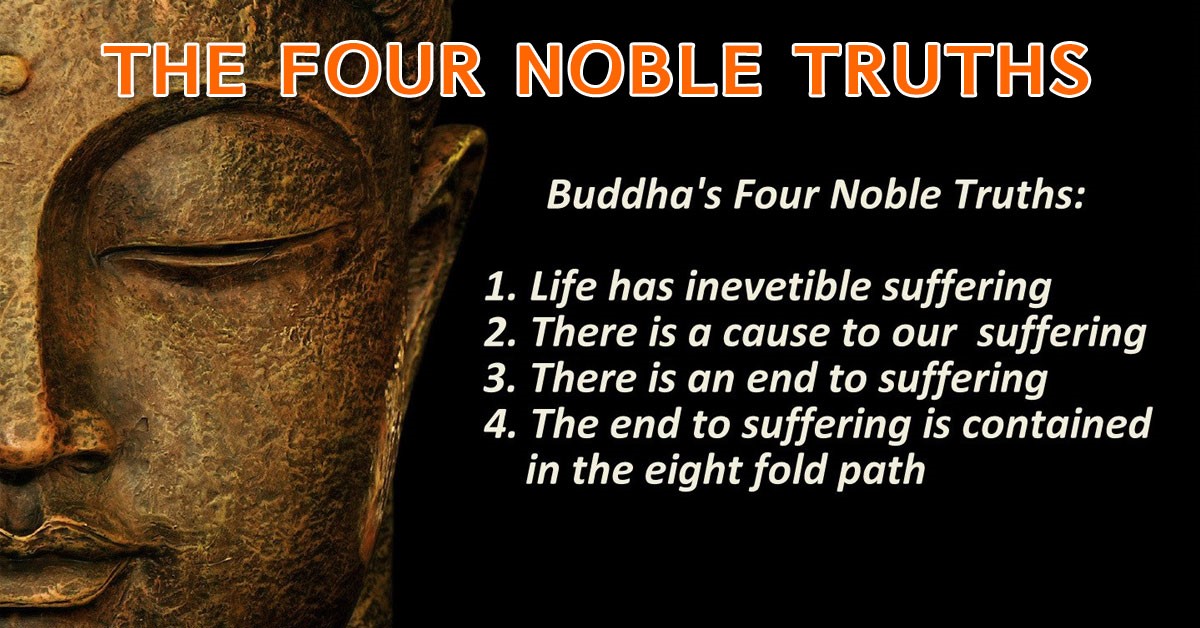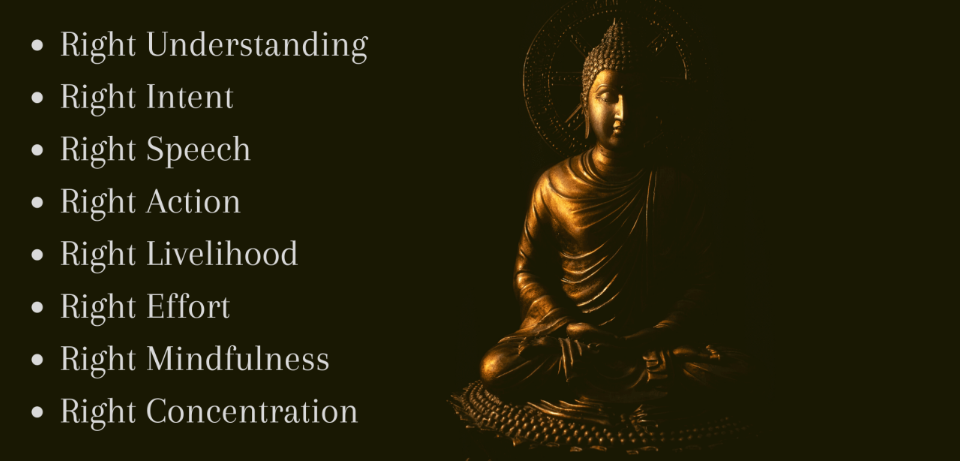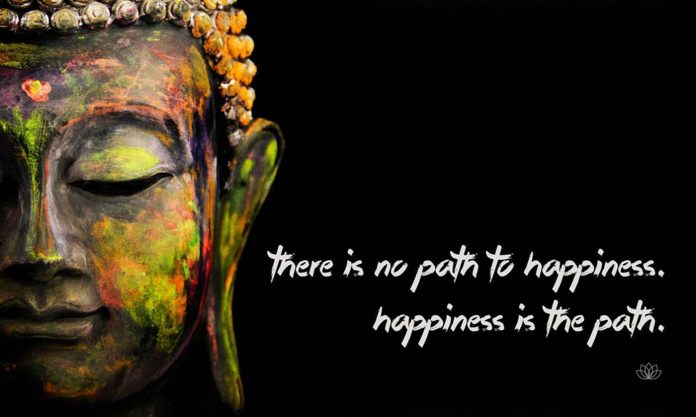Happiness is a dewdrop on a blade of grass!
Most of us seek happiness in external sources: material wealth, career success, and social validation. However, the teachings of Siddhartha Gautama, known as the Buddha, remind us that true happiness lies not outside of ourselves, but within. By tapping into our inner Buddha, we too can embark on a transformative journey toward lasting inner peace and happiness.
The concept of the inner Buddha refers to the inherent potential within each of us to achieve enlightenment and true happiness. Buddha himself said, “We are shaped by our thoughts; we become what we think. When the mind is pure, joy follows like a shadow that never leaves.”
“There is no path to happiness: happiness is the path,” encapsulates Buddha’s message that happiness is not a distant goal to be achieved but our way of living. This perspective shifts our focus from striving for an elusive endpoint to appreciating and embracing the present moment.
The Four Noble Truths

Central to Buddha’s teachings are the Four Noble Truths, which lay the groundwork for understanding and overcoming suffering:
- The Truth of Suffering (Dukkha): Life inevitably involves suffering, whether it’s physical pain, emotional distress, or a sense of dissatisfaction.
- The Truth of the Cause of Suffering (Samudaya): Suffering is caused by craving and attachment. We suffer because we cling to impermanent things and experiences.
- The Truth of the End of Suffering (Nirodha): By letting go of attachment and desire, we can attain a state of liberation and peace.
- The Truth of the Path to the End of Suffering (Magga): The Eightfold Path offers practical steps for ethical living, mental cultivation, and wisdom, leading us to the cessation of suffering.
The Eightfold Path

The Eightfold Path is Buddha’s prescription for achieving true happiness. It consists of:
- Right Understanding: Grasping the nature of reality and the Four Noble Truths.
- Right Intent: Cultivating an attitude of kindness and renunciation.
- Right Speech: Speaking truthfully and harmoniously.
- Right Action: Behaving ethically and avoiding harm to others.
- Right Livelihood: Engaging in work that does not cause harm and is ethically positive.
- Right Effort: Diligently fostering positive states of mind and eliminating negative ones.
- Right Mindfulness: Being fully aware of our thoughts, emotions, and actions in the present moment.
- Right Concentration: Developing deep states of mental focus and clarity through meditation.
By integrating these practices into our lives, we create the conditions for inner peace and happiness to flourish.
Mindfulness and self- awareness lead to inner peace. Mindfulness, the practice of being fully present in the moment, allows us to observe our thoughts and emotions without judgment, and to quieten the noise of the external world and connect with our inner selves.
How can we be mindful? Meditation is a powerful tool for cultivating mindfulness. By setting aside time each day to meditate, we create a space for reflection and self-discovery. Over time, this practice can lead to profound insights and a sense of inner peace.
Wisdom and compassion are two essential qualities of the inner Buddha. Wisdom involves seeing things as they truly are, beyond our personal biases and illusions. As we cultivate wisdom, we become less attached to material possessions and transient desires, finding contentment in the present moment.
Compassion, on the other hand, is the ability to empathize with the suffering of others and to act with kindness and love. Buddha emphasized the importance of compassion, saying, “If you want others to be happy, practice compassion. If you want to be happy, practice compassion.” By opening our hearts to others, we not only alleviate their suffering but also enrich our own lives with a sense of purpose and connection.
Buddha advocated for the Middle Way, a balanced approach to life that avoids extremes of indulgence and self-denial. This principle encourages us to find harmony in our daily activities and relationships, promoting a sustainable and balanced pursuit of happiness.

Embracing Equanimity, or mental calmness and evenness of temper, is a hallmark of the inner Buddha. It is the ability to remain centered and composed, regardless of external circumstances. Equanimity allows us to navigate life’s challenges with grace and resilience, maintaining our inner peace even in the face of adversity.
The teachings of Buddha offer a wealth of wisdom and practical guidance, and lead us to a journey of self-discovery and transformation. It involves cultivating mindfulness, wisdom, compassion, and equanimity, and embracing the principles of the Middle Way. As we tap into our inner Buddha, we unlock the potential for profound inner peace and lasting happiness.





